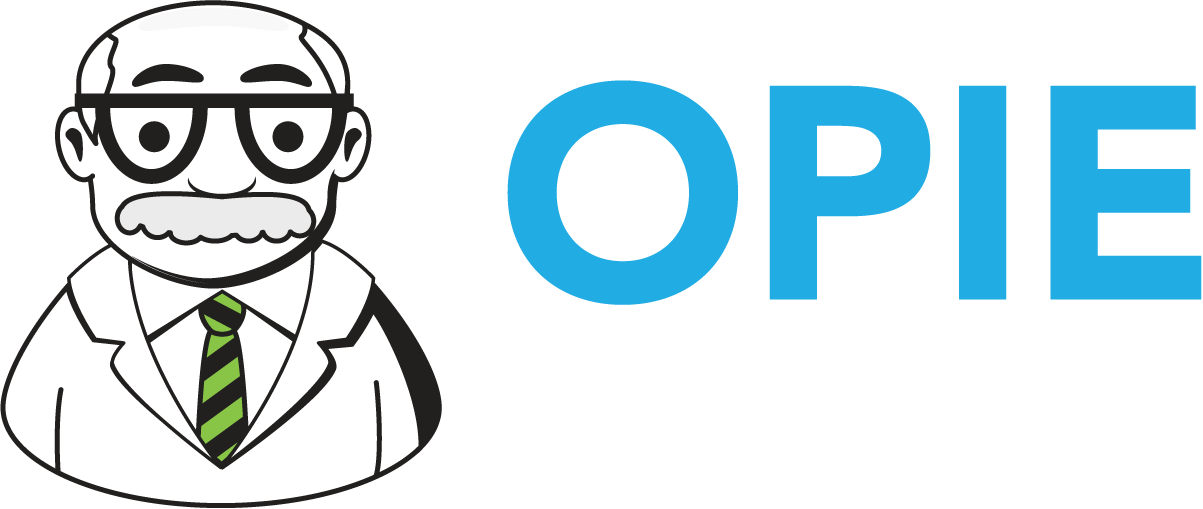Turning End-of-Year Reflections into Action
Hey everyone! I hope you all enjoyed a fantastic Thanksgiving weekend. You may recall that the week before Thanksgiving, I wrote about setting the stage to enhance your practice's value by reflecting on your organizational performance. If you haven’t done that, there is still time and it really is an important step in effective practice management. I like to use the analogy of your practice as your patient. Understanding their medical history is crucial to creating a care plan based on their current presentation. In effect, you are reviewing the history of your practice so that you can create a strategy for 2024.
Let's start with clarity. It's essential to ask ourselves, "What exactly do we want to achieve this coming year?" It's not just about setting goals, but defining them in simple, understandable terms. Perhaps your aim is to cut down on administrative overhead or to step up patient care quality, or decrease the number of diabetic footwear patients, or whatever makes sense. Whatever your objectives, make them clear, measurable, tangible, and achievable. So for the list above, know that each element has a lot of depth to it. To continue my analogy, saying you want to “reduce administrative overhead” is like saying I have a post-CVA patient with a drop foot so I need an AFO. They both may be true statements, but the clinician in you knows that an AFO is not just an AFO. The operational professional in you needs to know that “reducing overhead” requires forensic analysis.
Next, it's time for a little self-assessment, kind of like taking an organizational health selfie. Where does your practice currently stand in comparison to your goals? This step is crucial as it helps you measure your starting point and sets the stage for tracking progress.
Now comes the forensic part. Take a good look at your existing processes. Identify what's working well and what needs improvement. For instance, is there data missing after the patient check-in process which causes delays downstream? Or maybe a communication strategy that's not hitting the mark? Understanding these details is key to pinpointing the exact areas that need refinement.
Then, we move onto arguably the most exciting phase – making improvements! (Notice I did not call it ‘change!’) Armed with your analysis, begin implementing your “care plan.” But here's a piece of advice: start small. Even minor adjustments can lead to significant improvements. Overhauling everything at once can be overwhelming for both you and your team.
After initiating your care plan, it’s vital to monitor its impact. (Your outcome measures 😊.) How is the new system faring? Are your team members adjusting well? Regular check-ins help ensure that your efforts are paying off and also provide an opportunity to tweak things as needed.
Embracing change doesn’t have to be an overwhelming ordeal. By breaking it down into these manageable steps, you can make meaningful and lasting improvements in your practice. Remember, the goal is to make your practice more efficient and effective in a way that feels natural and sustainable.
Let's embark on this journey of improvement together, one step at a time!

